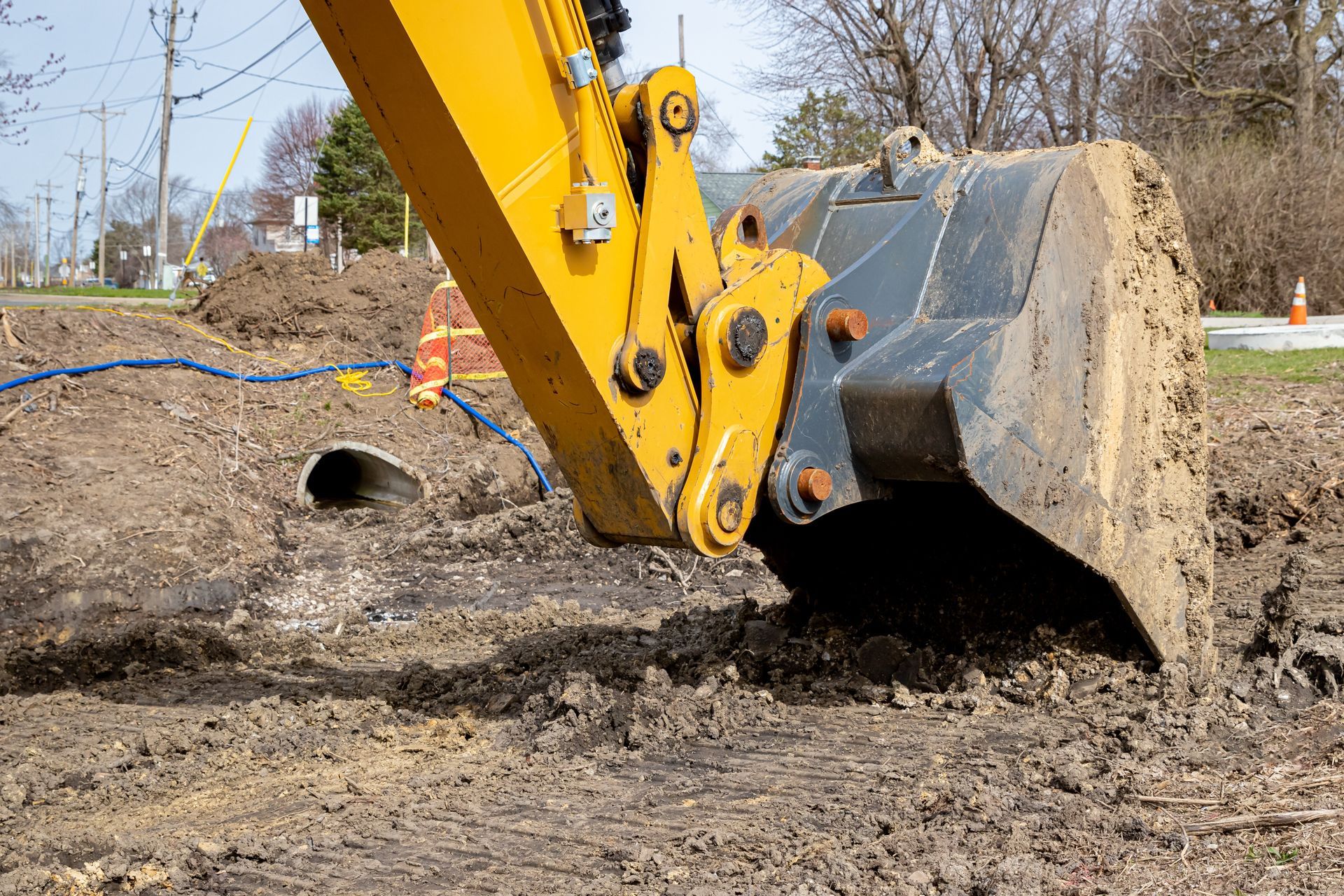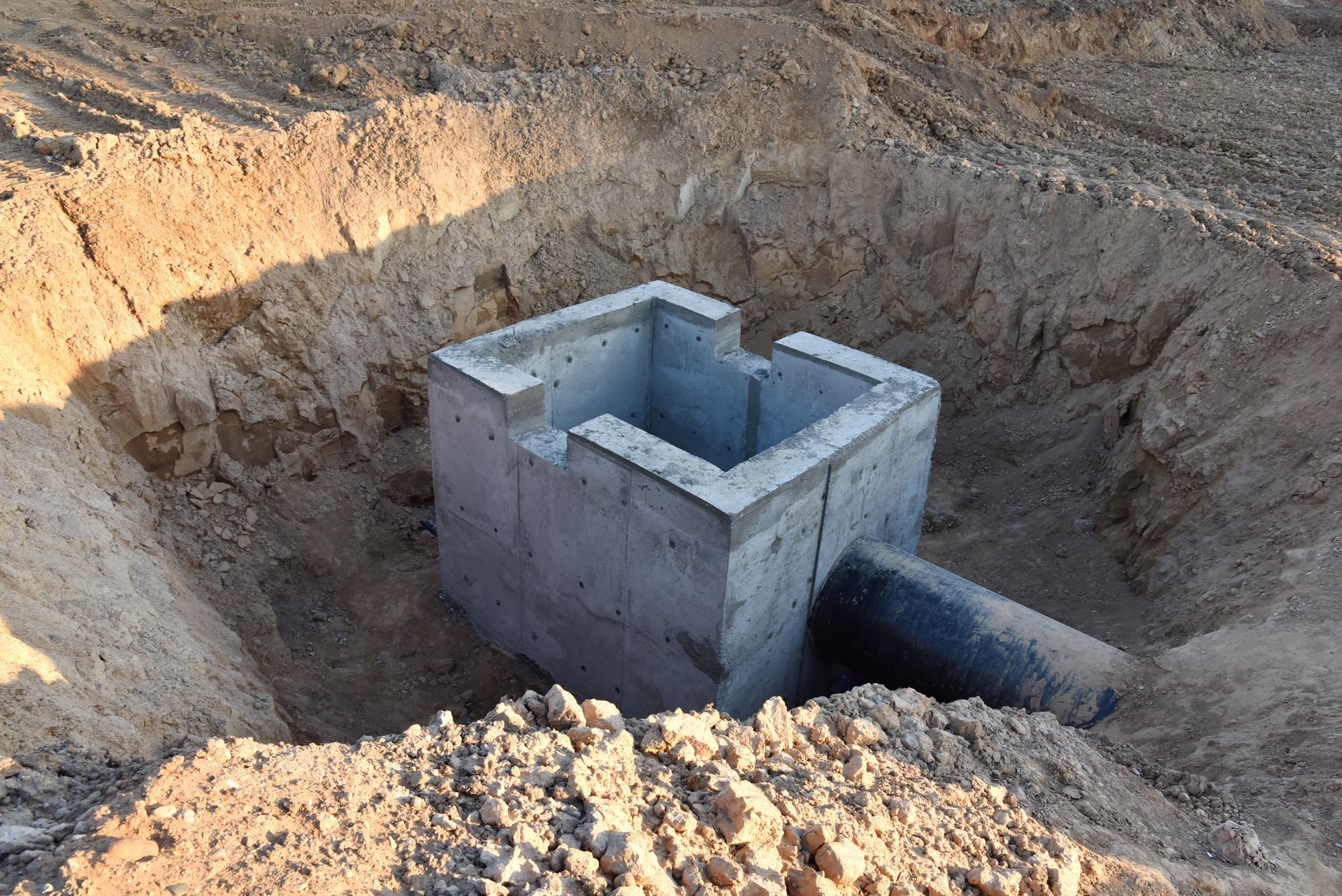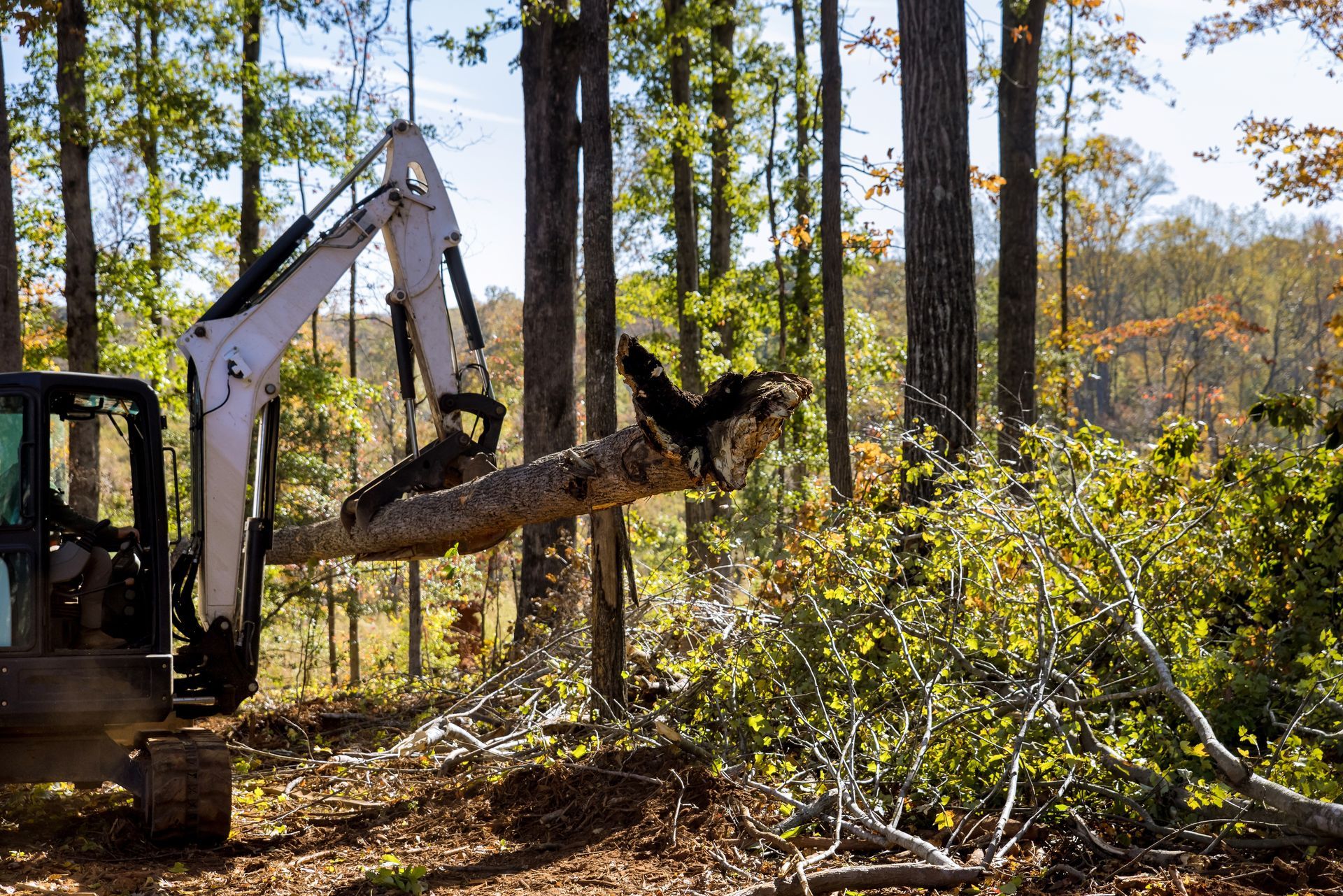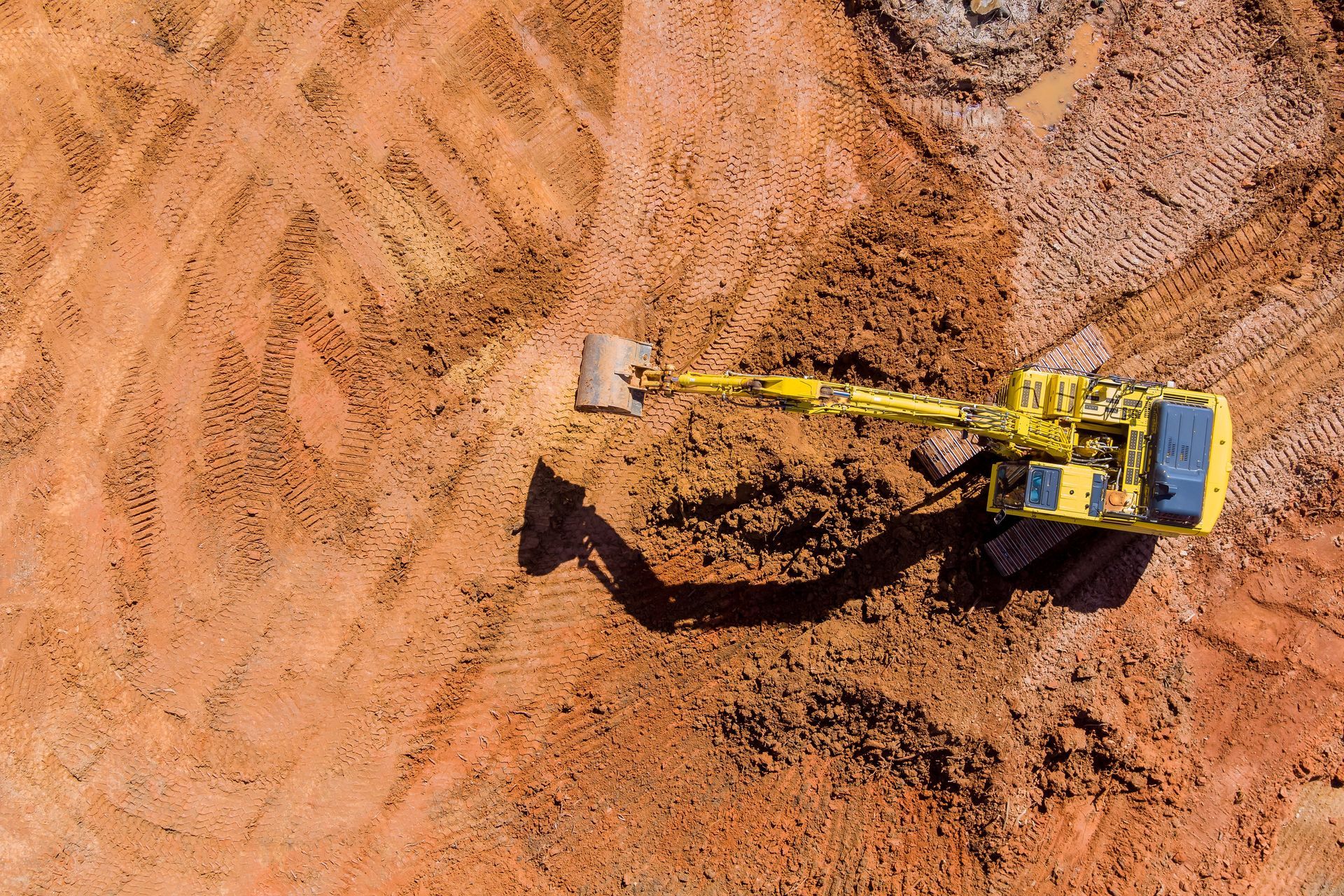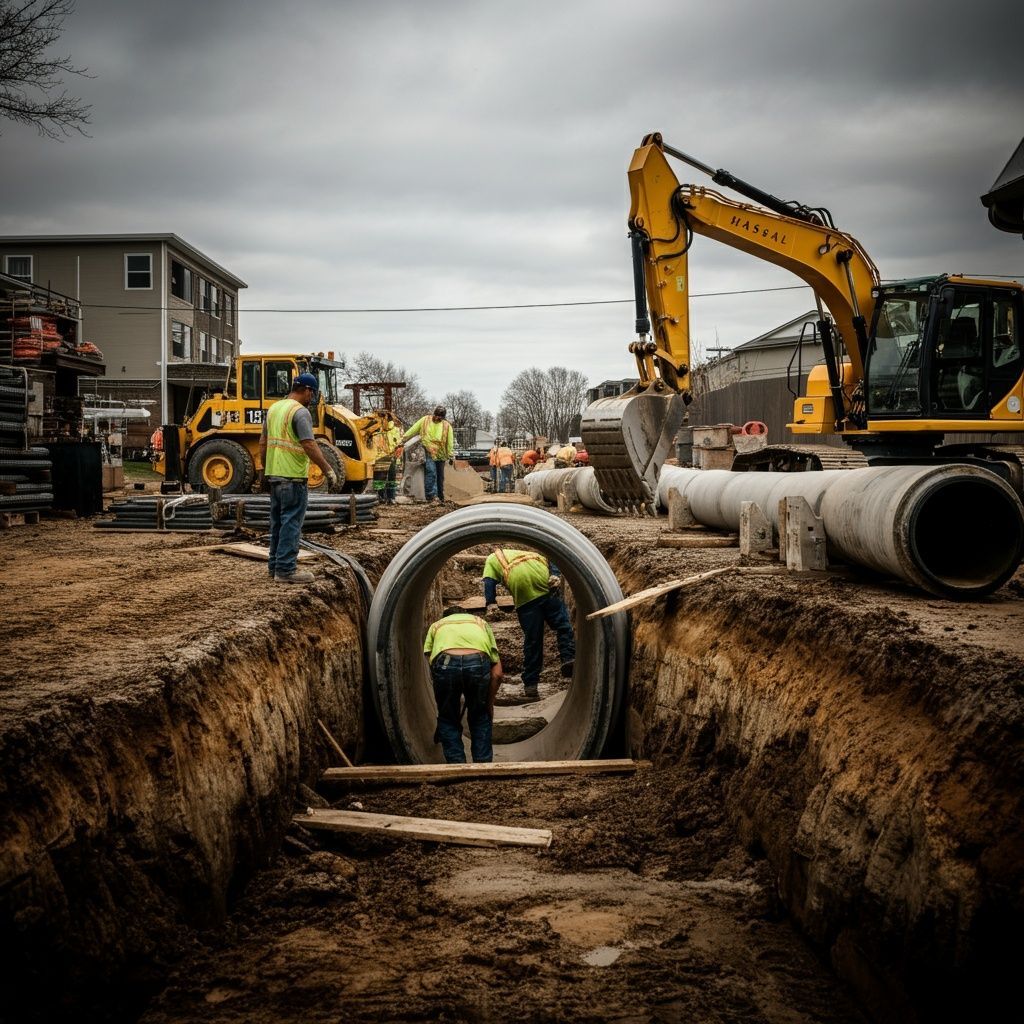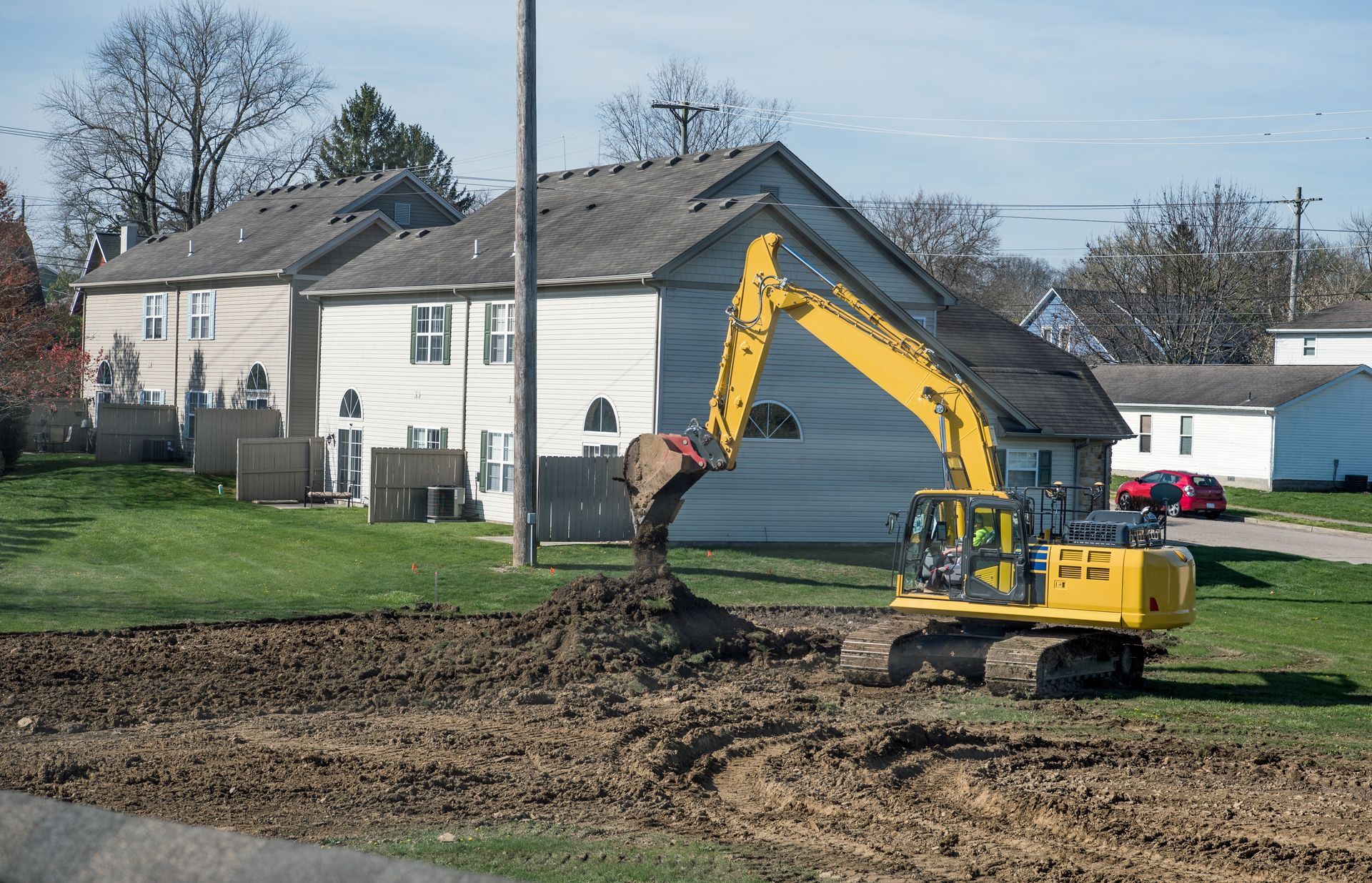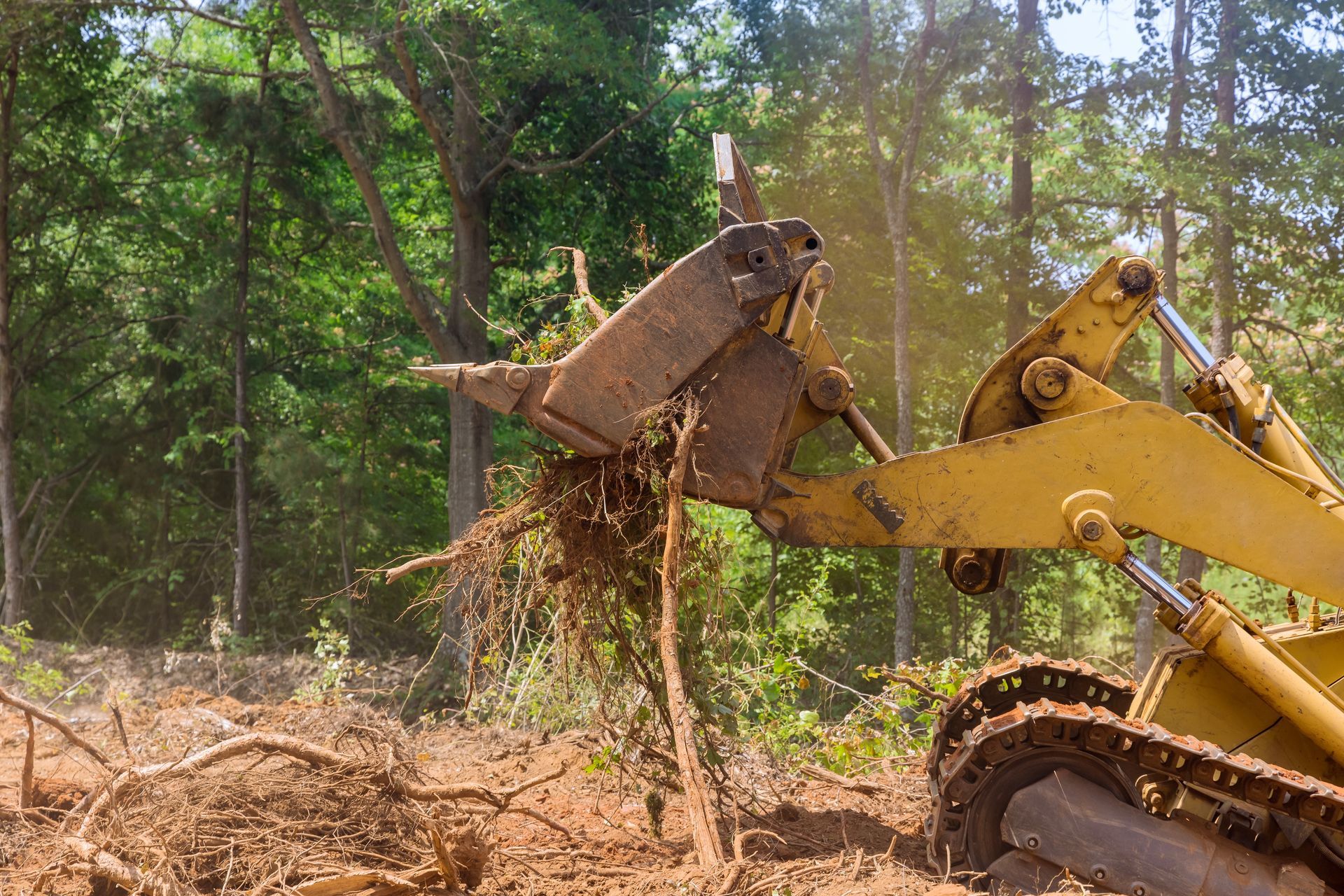How to Choose the Right Septic System for Your Home
A properly functioning septic system is crucial for maintaining the hygiene and sanitation of your home, especially if you live in a rural area where access to municipal sewer systems is limited. Choosing the right septic system is an important decision that will ensure long-term functionality, minimize costly repairs, and protect the environment. In this guide, we will compare the various types of septic systems and provide helpful tips for choosing the best one for your property, considering factors such as soil type, family size, and location.
Whether you are building a new home, replacing an outdated system, or moving to an area where a septic system is necessary, understanding your options is the key to making an informed decision. Let’s explore the options available to homeowners and how to determine the best fit for your property.
Understanding the Basics of Septic Systems
A septic system is an underground wastewater treatment system designed to treat and dispose of household waste in areas without a centralized sewer system. The basic function of a septic system is to treat wastewater from your toilets, sinks, showers, and appliances through a series of underground pipes, tanks, and drain fields.
There are two main types of septic systems:
- Conventional Septic Systems – The most common type of system used in residential areas, conventional septic systems are typically designed for single-family homes with adequate soil conditions. These systems consist of a septic tank, which holds waste and allows it to settle, and a drain field that disperses treated wastewater into the soil.
- Alternative Septic Systems – These systems are typically used in areas where conventional systems are not suitable due to poor soil conditions, limited space, or high groundwater levels. Alternative septic systems use different treatment methods, such as aerobic treatment units or sand filters, to treat the wastewater before it is dispersed.
When choosing a septic system, it’s important to consider the unique characteristics of your property to determine which type will work best for you.
Step 1: Assess Your Property’s Size and Layout
Before selecting a septic system, it’s important to evaluate your property’s size and layout. The system you choose will depend on the space available for installation, as well as how much wastewater your household generates.
- Size of the Property: The larger the property, the more likely it will need a larger septic system to handle the volume of wastewater generated. For instance, if you have a large plot of land, a more extensive drain field may be required to effectively disperse the treated wastewater.
- Soil Conditions: Different soil types affect the performance of your septic system. Sandy soil allows for better drainage, while clay-heavy soil tends to hold water and may prevent proper filtration. To determine which system works best for your soil type, a soil percolation test (also called a perc test) is often required before installation.
- Family Size: The number of people living in your household directly impacts the amount of wastewater generated. Larger households will need a system that can accommodate a higher volume of wastewater, while smaller homes may require a less substantial system.
For homeowners in areas like Georgia, including those in Septic and Sewer Solutions’ service areas, a proper assessment is crucial to ensure your septic system meets local requirements and environmental standards.
Step 2: Choose Between Conventional and Alternative Septic Systems
There are two primary categories of septic systems, and your choice will depend on your specific property conditions and needs.
Conventional Septic Systems
Conventional septic systems are the most common type of system and are typically used for homes located on flat or gently sloping properties with well-drained soil. These systems are reliable and cost-effective but require adequate space for installation.
The main components of a conventional septic system include:
- Septic Tank: This is where the wastewater from your home enters and begins to break down. Solid waste settles at the bottom of the tank, while lighter materials, like oils and grease, float to the top. The middle layer of liquid flows into the drain field.
- Drain Field: The drain field is where the liquid waste is filtered through the soil. It’s typically a large area with a network of pipes that allow the liquid to slowly seep into the ground.
Conventional systems require a large enough drain field to treat the wastewater effectively. The size of the drain field depends on the number of bedrooms in the home and the soil's ability to filter water.
Alternative Septic Systems
If your property has challenging conditions such as poor soil, high water tables, or small lot sizes, an alternative septic system may be the right choice. These systems use advanced technologies to treat wastewater more effectively, making them ideal for difficult soil or environmental conditions.
Common types of alternative septic systems include:
- Aerobic Treatment Units (ATUs): These systems use oxygen to treat wastewater more efficiently than conventional systems. They typically include a mechanical aeration unit that adds oxygen to the wastewater, breaking it down into a cleaner form before being discharged into the drain field. ATUs are particularly useful for properties with slow-draining soil or high water tables.
- Mound Systems: Mound systems are used when the soil is not suitable for traditional drain fields, such as areas with a high water table or shallow bedrock. This system raises the drain field above the natural ground level using a mound of sand, gravel, and soil to create a surface for wastewater disposal.
- Sand Filter Systems: Sand filter systems are an effective option when the soil is too dense to properly filter wastewater. These systems filter wastewater through a layer of sand before it is discharged into the drain field.
- Drip Dispersal Systems: Drip dispersal systems are used for smaller properties or areas with limited space. These systems use a network of small pipes to distribute wastewater in small doses over a wide area. The water is filtered through the soil before being released into the environment.

Step 3: Consider Environmental Factors
Environmental factors should be taken into account when choosing a septic system, as improper installation or maintenance can result in groundwater contamination and other environmental issues. It’s essential to ensure your septic system is designed to protect the local ecosystem while meeting health and safety standards.
Local Regulations
Different areas have varying regulations on septic system installation, with some municipalities requiring specific types of systems based on local environmental conditions. For example, certain counties in Georgia may have specific guidelines for soil testing and system permits. Be sure to check with local authorities before making a decision.
Proximity to Water Sources
If your property is near a well or a water source, it’s essential to choose a system that will prevent contamination. Conventional septic systems can sometimes leach wastewater into nearby groundwater sources if the system is not properly maintained. An alternative system may be required in some areas where the water table is shallow or water sources are nearby.
Step 4: Installation and Maintenance
Once you have chosen the right septic system for your property, the next step is installation. Professional installation is crucial to ensure that the system is installed correctly, meets local requirements, and operates efficiently.
Regular maintenance is key to the longevity of your septic system. Maintenance typically includes periodic inspections, pumping the septic tank, and ensuring that the drain field remains clear of debris. The exact maintenance schedule will depend on the type of system and your household’s usage.
Conclusion
Choosing the right septic system for your home requires careful consideration of several factors, including soil type, family size, environmental concerns, and the available space on your property. Whether you opt for a conventional system or an alternative system, it’s crucial to consult with experts like Septic and Sewer Solutions to determine the best solution for your needs.
By assessing your property’s unique characteristics, you can ensure that your septic system operates efficiently and continues to provide reliable service for years to come. Remember, proper installation and maintenance are key to protecting both your home and the environment.
For professional assistance in choosing and installing a septic system, Septic and Sewer Solutions is here to help homeowners in Georgia and surrounding areas. Their team of experienced technicians is ready to assist you in finding the perfect septic system for your property
Contact Us
Contact Us
